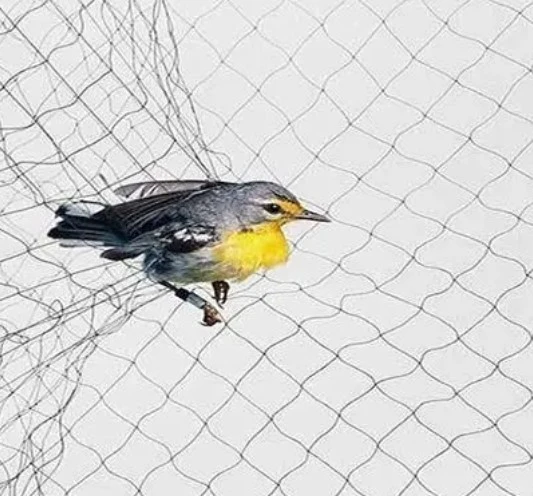-
 Afrikaans
Afrikaans -
 Albanian
Albanian -
 Amharic
Amharic -
 Arabic
Arabic -
 Armenian
Armenian -
 Azerbaijani
Azerbaijani -
 Basque
Basque -
 Belarusian
Belarusian -
 Bengali
Bengali -
 Bosnian
Bosnian -
 Bulgarian
Bulgarian -
 Catalan
Catalan -
 Cebuano
Cebuano -
 China
China -
 Corsican
Corsican -
 Croatian
Croatian -
 Czech
Czech -
 Danish
Danish -
 Dutch
Dutch -
 English
English -
 Esperanto
Esperanto -
 Estonian
Estonian -
 Finnish
Finnish -
 French
French -
 Frisian
Frisian -
 Galician
Galician -
 Georgian
Georgian -
 German
German -
 Greek
Greek -
 Gujarati
Gujarati -
 Haitian Creole
Haitian Creole -
 hausa
hausa -
 hawaiian
hawaiian -
 Hebrew
Hebrew -
 Hindi
Hindi -
 Miao
Miao -
 Hungarian
Hungarian -
 Icelandic
Icelandic -
 igbo
igbo -
 Indonesian
Indonesian -
 irish
irish -
 Italian
Italian -
 Japanese
Japanese -
 Javanese
Javanese -
 Kannada
Kannada -
 kazakh
kazakh -
 Khmer
Khmer -
 Rwandese
Rwandese -
 Korean
Korean -
 Kurdish
Kurdish -
 Kyrgyz
Kyrgyz -
 Lao
Lao -
 Latin
Latin -
 Latvian
Latvian -
 Lithuanian
Lithuanian -
 Luxembourgish
Luxembourgish -
 Macedonian
Macedonian -
 Malgashi
Malgashi -
 Malay
Malay -
 Malayalam
Malayalam -
 Maltese
Maltese -
 Maori
Maori -
 Marathi
Marathi -
 Mongolian
Mongolian -
 Myanmar
Myanmar -
 Nepali
Nepali -
 Norwegian
Norwegian -
 Norwegian
Norwegian -
 Occitan
Occitan -
 Pashto
Pashto -
 Persian
Persian -
 Polish
Polish -
 Portuguese
Portuguese -
 Punjabi
Punjabi -
 Romanian
Romanian -
 Russian
Russian -
 Samoan
Samoan -
 Scottish Gaelic
Scottish Gaelic -
 Serbian
Serbian -
 Sesotho
Sesotho -
 Shona
Shona -
 Sindhi
Sindhi -
 Sinhala
Sinhala -
 Slovak
Slovak -
 Slovenian
Slovenian -
 Somali
Somali -
 Spanish
Spanish -
 Sundanese
Sundanese -
 Swahili
Swahili -
 Swedish
Swedish -
 Tagalog
Tagalog -
 Tajik
Tajik -
 Tamil
Tamil -
 Tatar
Tatar -
 Telugu
Telugu -
 Thai
Thai -
 Turkish
Turkish -
 Turkmen
Turkmen -
 Ukrainian
Ukrainian -
 Urdu
Urdu -
 Uighur
Uighur -
 Uzbek
Uzbek -
 Vietnamese
Vietnamese -
 Welsh
Welsh -
 Bantu
Bantu -
 Yiddish
Yiddish -
 Yoruba
Yoruba -
 Zulu
Zulu
welded wire fabric
Understanding Welded Wire Fabric Applications and Benefits
Welded wire fabric, commonly known as welded wire mesh, is a versatile and durable material used widely in construction and industrial applications. Made from low-carbon steel wire, it is produced by welding the wire strands at their intersections, creating a strong and stable grid that can withstand significant tension and pressure. This article explores the benefits and applications of welded wire fabric, highlighting its importance in various sectors.
One of the primary advantages of welded wire fabric is its high strength-to-weight ratio. The welding process enhances the structural integrity of the mesh, allowing it to support heavy loads while remaining lightweight and easy to transport. This characteristic makes it an ideal choice for reinforcement in concrete structures, such as floors, walls, and slabs. By distributing loads evenly, welded wire fabric helps prevent cracking and improves the longevity of concrete elements.
In addition to its structural benefits, welded wire fabric is also known for its versatility. It is available in various sizes, wire diameters, and grid patterns, enabling it to meet specific project requirements. Whether for residential, commercial, or industrial use, welded wire fabric can be customized to fit different applications. This adaptability extends to its use in fencing and safety barriers, where it provides a reliable and secure solution for protecting properties and ensuring safety.
welded wire fabric

Welded wire fabric is also an economical option compared to traditional reinforcement methods. Its manufacturing process allows for cost-effective production, making it a budget-friendly choice for builders and contractors. The installation process is straightforward, requiring fewer labor hours and reducing overall construction time. This efficiency is particularly beneficial for large projects where time and resources are critical factors.
Moreover, the durability of welded wire fabric cannot be overstated. Resistant to rust and corrosion when properly coated, it ensures that structures remain intact for many years under various environmental conditions. This longevity reduces the need for frequent maintenance, ultimately leading to cost savings over the life of the project.
In conclusion, welded wire fabric is a critical component in modern construction and industrial applications. Its strength, versatility, economic advantages, and durability make it a preferred choice for engineers and builders alike. Whether used for concrete reinforcement, fencing, or safety applications, welded wire fabric continues to play a significant role in enhancing structural integrity and safety across various industries. As demand for sustainable and efficient building materials grows, the importance of welded wire fabric will undoubtedly increase, solidifying its place in the future of construction.
-
Why Nylon Mesh Netting is Revolutionizing Industrial and Commercial ApplicationsNewsJun.13,2025
-
Reinventing Reliability with Construction Wire MeshNewsJun.13,2025
-
Protect Your Crops with High-Performance Agricultural Netting SolutionsNewsJun.13,2025
-
Premium Breeding Net Solutions for Modern AquariumsNewsJun.13,2025
-
Precision Filtration Solutions for Industrial and Commercial NeedsNewsJun.13,2025
-
Advanced Industrial Mesh Solutions for Every ApplicationNewsJun.13,2025











